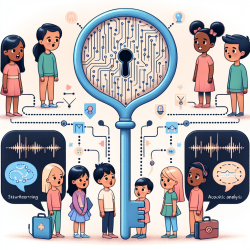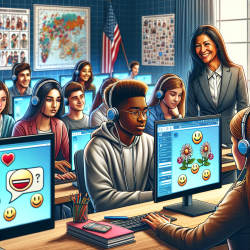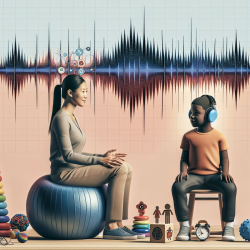Introduction to the Pot/Lid Illusion
In the realm of visual perception, illusions provide a fascinating insight into how our brains interpret the world around us. One such intriguing phenomenon is the Pot/Lid illusion, which has been explored in a study by Stefano Mastandrea and John M. Kennedy. This illusion occurs when individuals select a lid that appears too large for a pot, only to find that a smaller lid fits perfectly. This blog post aims to explore the Pot/Lid illusion and how its understanding can enhance educational practices, particularly for practitioners working in special education settings.
The Pot/Lid Illusion: A Closer Look
The Pot/Lid illusion is a classic example of a size illusion, where observers consistently choose a lid that is too large for a pot. The study involved 120 participants who were asked to select the correct lid from a set of five, varying in size. Surprisingly, 76.7% of participants chose a lid that was larger than necessary. This consistent error in judgment can be attributed to several factors, including the optic slant of the pot's brim and the visual perception of the lids' contours.
Implications for Educational Practices
Understanding the Pot/Lid illusion has significant implications for educational practices, especially in special education. Here are some ways practitioners can incorporate these findings into their work:
- Enhancing Visual Perception Skills: Educators can design activities that help students recognize and correct visual misjudgments. By using exercises that involve selecting objects based on size, students can improve their ability to judge dimensions accurately.
- Developing Critical Thinking: Encouraging students to question their initial perceptions and consider alternative possibilities can foster critical thinking. This approach can be particularly beneficial for students with learning disabilities, who may struggle with visual-spatial tasks.
- Customizing Learning Environments: Understanding how visual illusions affect perception can aid in creating learning environments that minimize visual distractions and enhance focus. For instance, arranging classroom materials to reduce optic slant effects can improve students' ability to concentrate on tasks.
Encouraging Further Research
The Pot/Lid illusion highlights the complexity of visual perception and the potential for misinterpretation. Practitioners are encouraged to delve deeper into this area of study to uncover additional insights that can be applied in educational settings. Further research could explore how different visual contexts or individual differences affect susceptibility to the illusion.
Conclusion
The Pot/Lid illusion serves as a reminder of the intricate nature of visual perception and its impact on our daily lives. By understanding and implementing the outcomes of this research, educators can enhance their practices and support students in developing more accurate visual-spatial skills. For those interested in exploring this topic further, the original research paper can be accessed here: Pot/Lid Illusion.










